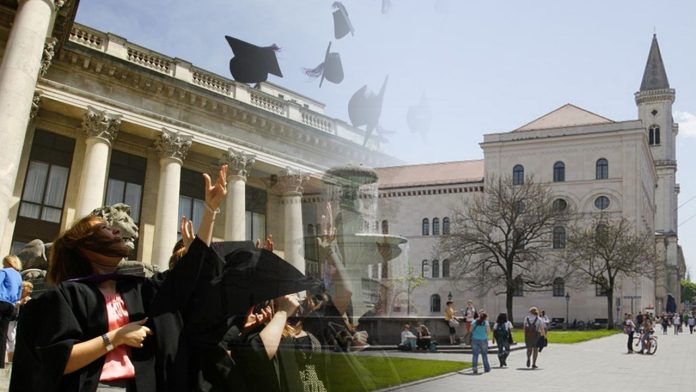In recent years, there has been a significant rise in college closures in the United States, notably among private nonprofit institutions. Tens of thousands of college students around the country have been impacted by these closures. From 2016 onwards, the closure and merger trends of private universities in the United States are influenced by prevalent issues such as financial challenges and enrolment fluctuations.
Trends in Closures and Mergers: 2016-2023
Data from different sources, including Higher Ed Dive, show that 91 U.S. private institutions shut down merged with other schools, or announced closing plans between 2016 and 2023. 54% of these closures or mergers occurred between 2016 and 2019, with the remaining 46% occurring after the Covid-19 epidemic erupted in 2020. According to this timeline, the issues experienced by private institutions were not primarily due to the epidemic, but had been building for several years prior.
Financial Struggles as a Leading Cause
Financial difficulties appeared as the leading cause of closure among private universities. Approximately 68% of the 91 closures were directly related to financial concerns. These institutions were hit with dwindling revenue streams, rising operational costs, and insufficient endowments. The lack of sustainable business models made it increasingly difficult for these colleges to operate and give a decent education to their students.
The Effect of the Covid-19 Pandemic on College Closures
The Covid-19 pandemic increased private colleges’ financial difficulties, serving as the final straw for many struggling institutions. Despite government rescue packages totaling roughly $14 billion, these funds fell short of satisfying the critical needs of institutions. Even with financial assistance, colleges found it difficult to negotiate the pandemic’s uncertainty, resulting to closures, layoffs, and harsh cost-cutting measures.
Example, the closure of Lincoln College in Illinois as a result of a ransomware attack, highlight the institutions’ vulnerability to unforeseen crises. And The King’s College implemented a cost-cutting strategy that included staff layoffs, the closure of the student union, and the selling of office space. The college also issued a serious warning to its students, recommending them to seek alternate educational opportunities.
Enrollment Cliff and Demographic Shifts
Another key reason contributing to college closures is the impending enrollment cliff, which will be characterised by a substantial reduction in the college-age population beginning in 2025. This demographic shift poses a significant challenge to smaller universities that rely significantly on a regular influx of students. Furthermore, changing demographics and evolving tastes among prospective students have resulted in heightened competition among colleges, with top-tier schools, such as Ivy Leagues and huge state institutions, gaining more applicants and earning larger endowments.
Re-enrollment and Degree Completion Rates
When an institution closes, it disrupts its students’ academic journey, leaving them with unclear prospects. Only 47% of students from shuttered institutions re-enroll in secondary programmes after the closure, and this re-enrollment is dominated by white women aged 18 to 24. However, the path to degree completion is laden with difficulties, since only around one-third of these re-enrolled students complete their degrees. Degree completion rates drop dramatically for those who re-enroll after a long break, with only 18% finishing their degrees after one year of re-enrollment.
Competitive Threats
When compared to prestigious Ivy League schools and significant state universities, smaller institutions confront considerable competitive obstacles. The latter institutions benefit from a better reputation, larger application pools, and larger endowments, making it difficult for smaller universities to attract students and get critical funding. Furthermore, the rise of test-optional programmes in college admissions has influenced candidate preferences. Colleges that made standardised tests optional saw an increase in applicants, exacerbating the difficulties encountered by schools that still need these tests.
The surge in college closures in the United States warrants a more in-depth investigation of the variables that contribute to these closures. Recognising these dynamics is critical for policymakers and educators as they work to address the consequences of college closures and support affected students and institutions. Allowing colleges and students the time to manage these obstacles is critical for mitigating the negative consequences of closures and facilitating effective transitions within the higher education environment.

